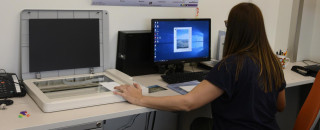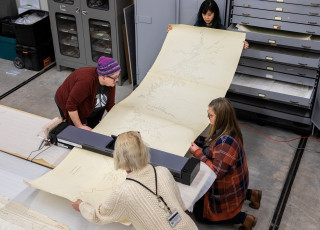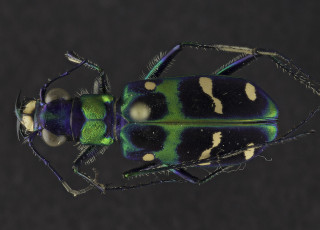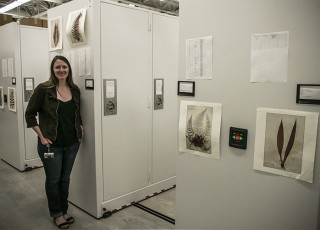Citizen Science and Digital Transcription in the time of COVID
By Alyson Wilkins
The Natural History Museum of Utah has thousands of hand-written field notes, journals and specimen records spanning over 160 years of data collection in Utah. Covering a wide range of natural history topics, these records were created by decades of museum researchers and contain helpful insights and observations that in their paper form, are cumbersome to search.
For years, NHMU has been working to scan these field notes and specimen records so they are available digitally. Each individual record is then transcribed, so that records can be searched for keywords and information. Traditional transcription would involve a large team of in-house staff and volunteers spending many hours reading documents and typing data into spreadsheets, but with advances in digital platforms, museum transcription has gone online and worldwide, and is easier than ever.
NHMU has been working on transcribing Zoology Field Notes. The Museum saw a surge in participation during the onset of the COVID-19, when a large portion of Utahns and people worldwide began to stay home. Transcribing records is an excellent way to stay connected with research, bring the outside indoors, and help NHMU progress research – and many people took advantage of this. Since March 2020 there has been an increase in global participation in museum transcription projects. At NHMU, we’ve seen a 400% increase in the number of volunteers taking part in the project, and a 600% increase in completed transcriptions. Taking written information about the museum’s collections and translating that into a digital form is vital to preserving historical records, and furthering our understanding of the natural world and the influence of humans on it.
Transcription isn’t all about data – it is about people too. Fun stories about the museum collections, the people who built them, and our global volunteers are emerging from this process:
- Vivid descriptions of “ghost forests” made of mistletoe and pines on Mt. Shasta in 1940’s California.
- Lively journal entries from 1960 UU Biology undergraduate students dictating the different candy preferences of rodents
- A modern day virtual volunteer on the other side of the world who was drawn to NHMU’s 1960’s era anthropology photographic catalog records because their neighbor helped excavate those projects.
More stories and data are emerging daily, with many remaining to be discovered!
New collections are being digitized and transcribed in 2021: Paleontology, Anthropology, and Botany, and you don’t need training to join in the fun. Go to nhmu.utah.edu/go-digital and create an account on Digivol. Once created search for Utah and start transcribing on one of our many exciting projects.
A special thanks to all those who have played a role in transcribing these records for us you are helping bring these historical records, the biodiversity of the intermountain region, and the people who love it, to life.
Work in museums and science is completed through the hard work of an ever-expanding community. One project with a huge impact is community-based transcription of museum collections.
Alyson Wilkins is the collections digitization coordinator at the Natural History Museum of Utah, a part of the University of Utah in Salt Lake City. Our mission is to illuminate the natural world and the place of humans within it. In addition to housing outstanding exhibits for the public, NHMU is a research museum. Learn more.



